It was only a matter of time until a law firm launched a class-action lawsuit against Toyota over the myriad of Diesel Particulate Filter (DPF) issues plaguing their 2.8-litre 1GD-FTV D4-D engine. It had been hinted at, flat out yelled from rooftops, and you could argue, was always going to happen. But that was a lot of talk, and for a few years, nothing eventuated; until now.
Bannister Law and Gilbert and Tobin have brought the class-action suit against Toyota in the Federal Court, which affects up to 250,000 vehicles. This includes the Toyota HiLux, Toyota Prado and Toyota Fortuner; all of which run the 1GD-FTV 2.8-litre engine.
The suit alleges that certain Toyota models have defective equipment installed, and this has affected the performance and efficiency of the vehicles. Namely, that the DPF system is faulty, and this has led to decreases in power, increases in fuel consumption, and the obvious white smoke pouring out of the exhaust when the DPF is undergoing a regeneration cycle. If you want to know exactly how the DPF system works, have a look at our essential guide to Diesel Particulate Filters we put together for you last issue, here.
An interesting thought however, is why are we seeing a class-action suit against Toyota for the DPF issues now? There were certainly bigger issues with the original 1KD-FTV D4-D engine and their injector washers causing the injectors to lock open and melt pistons, and not to forget the issues with the earlier Nissan ZD30 ‘Hand grenades’. The DPF economy and performance issues seem to be such a small concern compared with entire engines blowing up due to design faults.

But what is a class action?
But what exactly is a ‘class-action’ suit, we hear you ask? The long and the short of it is that it’s a legal proceeding where seven or more (up to 250,000 in this case) people have claims against the same individual or corporation such that their claims give rise to a substantial common issue of law or fact. Where there is evidence that the criteria for launching a class-action case have been met, these proceedings can be commenced by one or more of those people, on behalf of some, or all of them.
So basically, Bannister Law and Gilbert and Tobin are launching a case on behalf of those impacted by the DPF issues with the 1GD-FTV engine. Should you own one of these vehicles, it’s then up to you to ask to be included in the case. It shouldn’t cost you a cent to be involved, you’re essentially adding your name to a list, and the costs of the case are then settled and paid to the solicitor firms before any money being dolled out to those affected. To be included and register your interest in the proceedings, head over to Banister Law here.
So what’s in the case?
The case itself states that in many cases, combustion has not been occurring due to the regeneration system having a “propensity to fail”.
“This causes the affected vehicles to experience a myriad of other issues, including decreased power, increased fuel consumption and the emission of excessive white smoke and diesel particulate matter into the atmosphere.
“The vehicles experiencing these issues require time-consuming and costly repairs, including repeated vehicle servicing and repeated replacement of the DPF in its entirety.”
The case states that since at least October 2015, Toyota Australia has told customers the DPF was “durable, reliable and of good quality”. However, since February 2016, the company knew that wasn’t the case.
“Those representations were misleading because the affected vehicles could not, and did not, deliver the advertised combination of durability, reliability, quality, comfort and convenience, and the DPF System in the vehicles was not durable, reliable and of good quality,” the claim states.
Is this really grounds for a class-action lawsuit?
That is the million-dollar question in this case. The Toyota DPF system does indeed work as it should; DPFs are no new thing. But DPFs have been made to work on vehicles that are on the road a lot of the time – not just relegated to dropping the kids off at school five-minutes up the road, or running up to the corner store for bread and milk, hitting a top speed of 60km/h.
Only a few years ago, HiLuxes and to some extent Prados, were deemed ‘country vehicles’. Very few in the cities had them. They handled badly, used a lot of fuel for short runs, and were expensive to buy and service. Especially where you could just get a Corolla for daily duties, and maybe, have a four-wheel drive for weekends. It’s not that long ago, where mum would own a little Corolla or van for the kids and shopping duties, and dad would have the fourby for weekend adventures and driving the 40 minutes to work.
With the marketing and advertising these days pushing people into buying these diesel four-wheel drives as your normal daily driver, there were going to be problems. Especially considering that the DPF systems need to get up to a decent temperature to work effectively. When they’re driven three times a day for 10 kilometres, at 60km/h, it’s not nearly long enough for it to work properly, and you’re going to have issues.
On the flip side, there’s a lot of blame to be laid at the salespeople’s feet, as chances are, they would not have explained to you the need to get the vehicle up to a decent temp and speed to ensure the DPF functions as it should. Being fed this information within the sales pitch may well have been a deal-breaker for some punters.
For the most important question: What do you think?
Depending on whether you’re the owner of a 2.8-litre ‘Yota with DPF issues will probably sway you one way or the other, but do you think this is a warranted class action? Or have the owners of the affected vehicles just not been driving them the way that they should be? Sure, your Fortuner pumping out white smoke in the school carpark while waiting for the kids is probably a tad embarrassing, but does it warrant a class action against Toyota? Make sure you let us know in the comments below!
As more information about the case comes to light, we’ll be sure to keep you updated on the goings-on with the Toyota class-action lawsuit.



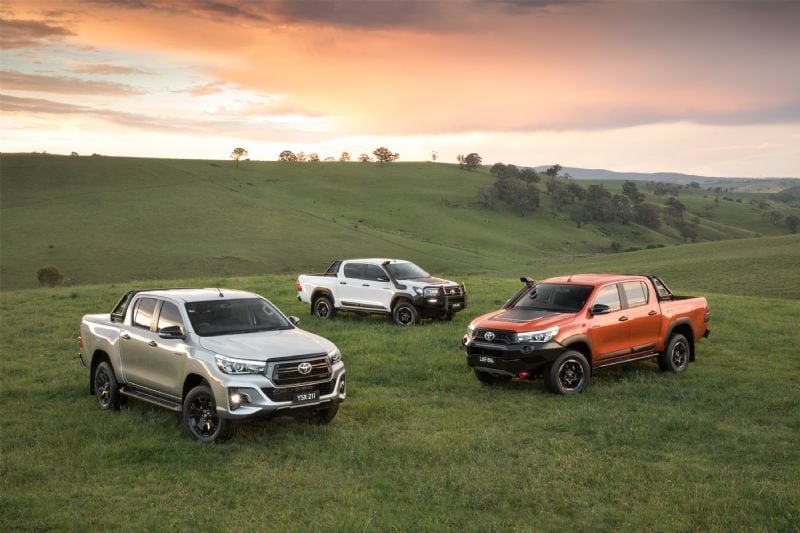


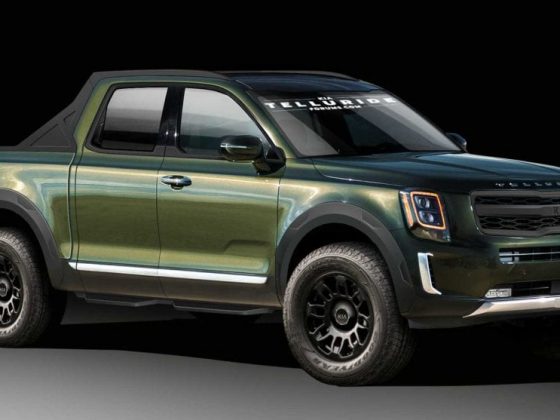
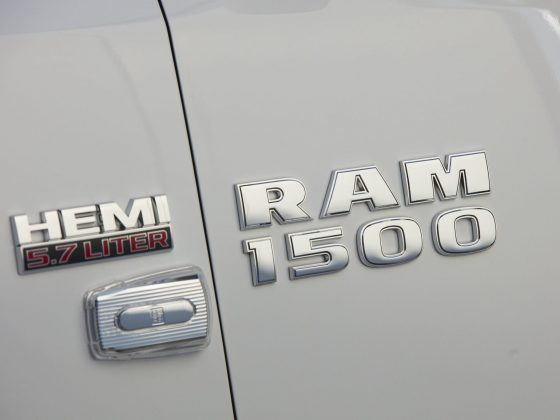
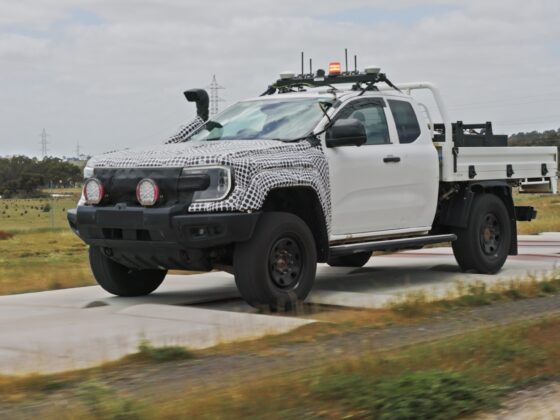
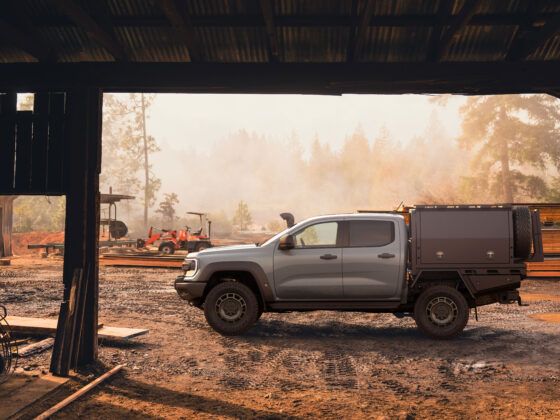

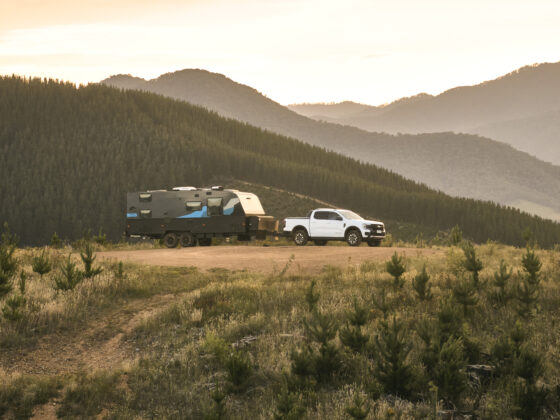
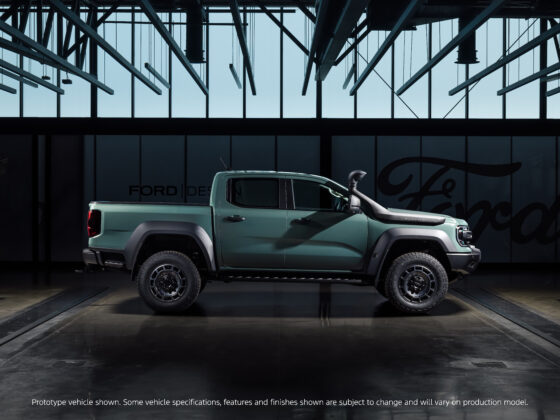
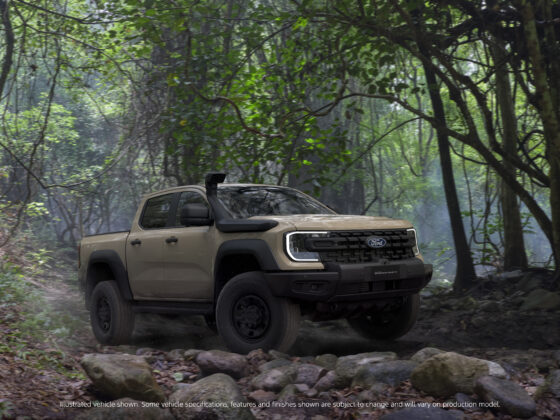
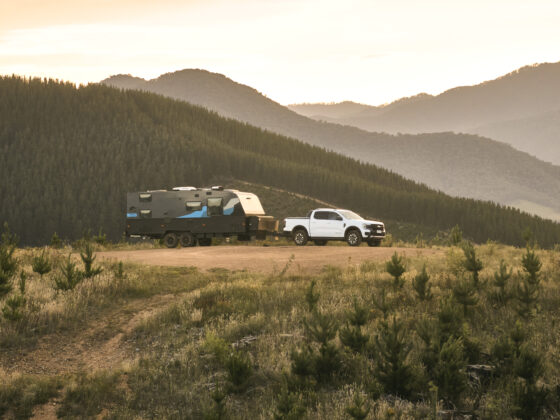
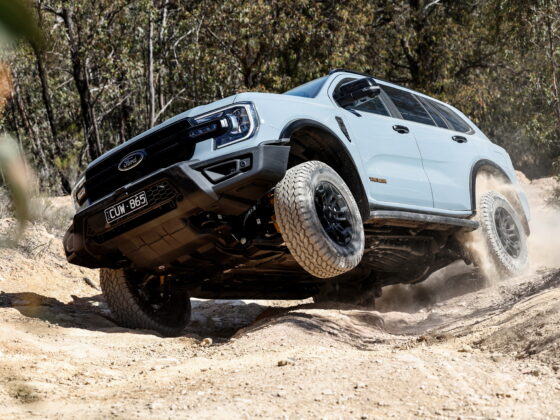
20 comments
Disagree where you say it works correctly if driven on the highway mainly. My 2016 hilux had its for replaced completely at 70k. I have been on a half lap of oz since doing nothing but highway klms. (Totalled.12k since we started) did us stuffed and going into broome toyota on Monday to be looked at. It’s doing a burn every 100ks.
Why is only happening to Toyota’s, don’t Ford’s, Isuzus, Holdens and Nissans have its with Does that only do the short school runs every day? Why aren’t they blowing out white smoke every so often, it would seem the Toyota DPF is not up to spec?
I have a 2011 Nissan d40 with the v6 Renault engine. From what I am able to glean this motor has a DPF but requirements in Aus at that time had no requirements for this . So Nissan kept the DPF but did not connect any of the regeneration controls . As such it now has basically a honeycomb full of contaminants almost completely blocking the exhaust. Resulting in huge power loss and huge fuel consumption. Oh and even though these systems were not required nor functioning , they can’t be replaced with plain section of exhaust pipe as that would be modifying from the original . Nissan have been as helpful with this as replacing failed inter coolers on this model which are well documented on forums.
I have a 2018 Fortuner does short & long trips & have had no trouble at all. Have had fuel economy on one 150k trip down to 6.2L per 100k. Top vehicle, we love it.
I have a 2017 Fortuna still with the old software version for the Dpf and it runs perfectly so I wont change it yet. Basically I do something that no body does with their vehicles anymore……make some small allowances for the machine you are operating. Wow imagine that. So when my vehicle goes into a regen I let it finish or make sure my next drive is long enough to complete it. Ask your dealer to trip the hidden software to show when regen is active so you can see when it finishes. All I will say is that the 5th injector orifice will need cleaning periodically which takes around 1/2 an hour. Love the car, it’s my daily drive and being a manual I average high 7s to low 8s in peak hour. Does 6s on the open road which gives me 900+ Kay’s to a tank.
I have a 2 year old Everest with the 3.2L deasel and knock on wood it’s been perfect on both shirt runs and cross country camping trips. I have been behind a few new Hiluxes blowing thick white smoke out the tailpipe. Makes me instantly feel bad for the owner. Not right for Toyota to keep selling the faulty motor.
I’ve purchased my hilux in 2017, had to take it back 5 times to clean the dpf and every time it was a struggle to find time to get it dropped off because I simply do not have time for this, I’ve taken the caravan to Alice springs from Brisbane and was averaging 350km per tank all we remember from the trip is how many service stations we had visited, the trip cost a fortune to say the least and right before the trip I’ve had to get the dpf cleaned, I hope Toyota pays for this, I hope I get every dollar I’ve spent.
I own a hino tilt tray tow truck. Toyota owns hino. The burn system failed on the hino after 400,000 kms, blew the turbo and the whole burn system. Cost was in excess of 26k to repair and replace. Service department at hino said they only inspect the internals when the engine light comes on. There was no inspection at major service intervals. When the engine light came on it was too late. Symptoms were poor fuel efficiency and blowing white smoke. I also own a mazda bt50 and pay and extra $400 a year for the mechanics to inspect the internals and photograph them in the hope this doesn’t happen again.
I recommend to everyone ask for a inspection of the burn system and dpf system and see the photos. Especially before you 4wd finishes the factory warranty period.
Iv just got back from a trip to Uluru. I had the DPF come on many times per tank with a average of 530km. The DPF would come on up to 5 times being the worst and this is with an average speeds of 110km/h and the burn would last up to 80km the worst was 110km worth of burn. Before I left my fuel consumption was averaging 10.7L/100 after returning it’s now sitting at 13.9L/100 and I wasn’t towing a trailer not even anything on the roof to cause wind drag. I have even had the burn last my hole trip to work from Gold Coast to Brisbane and still not be completed to then smoke up Brisbane leaving while heading home. Iv had my 2016 SR5 Hilux back to Toyota many time to sort this out the DPF but keep been told your on the waiting list as the manufacture of the DPF cannot keep up with production for replacement so in the meantime I’m left smoking out the towns and waiting to be pulled up by the police for pollution or the EPA until Toyota fix this.
Wonder when a class action will be made against Toyota for the crap air filters and air boxes that allow dust through to the engine in the new 2.8 hiluxes, 200 and 70 series.
It’s wrong of Toyota.
It is interesting how far advertising dollars can take you. If it was another brand the hell would come loose but in this case all “experts” have been quiet for years. Even now when mr4x4 decided to mention this well known issue it seems that problem is with salespeople and kids driven to school.
What makes the DPF issue harder to swallow is that Toyota continually uses the word “unbreakable” in its advertising. Let’s go back to the Hilux that fell off the cliff into the ocean only to reappear on the beach in pristine, ready to go condition. Any corporation that likes to make these sorts of ridiculous claims (and these things do work on your sub-conscience when you decide to buy a car) that try to influence buyer’s perceptions, really deserves to get sued. If it were a TV the ACCC would have been on the case a long time ago. Despite all the issues, which I don’t think are really widely advertised, people keep buying more Hiluxes, Prados, and Fortuners. Past reputations die hard!
And, by the way, Toyota knows that these cars are bought mainly to be used around the city including the school run. The NHV levels and suspension tune are more for city driving. As this is the case, Toyota, knowing the intended use for the majority of purchasers, should design the car to be fit for purpose. The fact that Toyota is fixing these issues with little push back makes me think that they know they have a design issue that they have not been able to fix so far.
Australians are too forgiving when it comes to this sort of thing as shown by issues with other cars and I actually hope that the class action succeeds so that ALL car manufacturers realise that Australian’s should not be sold rubbish.
Ah huh…..I was driving home from a snow trip 2 days ago behind a Hi-Lux that was blowing thick white smoke. At the time I thought he’s got problems and the smoke was so thick it was coming into our cabin while country driving at 100 kmh. This can’t be good.
I’m an owner of a early 2018 Prado and I do the requisite K’s – driving 50 mostly highway k’s each way to work every day.
The issue I have is that it is hard coded into the cars ECU to run a DPF burn every 300k’s, whether it needs to or not (and you can tell when it comes on!) and the economy is nowhere near Toyota’s claimed results (I’m averaging 10’s)
Our other car is a Golf GTD and you can rarely tell when the DPF burn starts in this car (had it since new and its done 206,000ks with an average of 4.8 litres per 100).
Having said all that I’m not unhappy with the car, just not rapped and will strongly be consider other vehicles next time – I had a 4L petrol 120 series before this one, on gas, did 435,000k’s and loved it.
Owe what a feeling PA- -JERO!!! See told ya, should have bought a !!!!!!
My LandCruiser is off the road for 3 weeks waiting DPF to be replaced, same problem and very disappointed with my Toyota
A highly sold car in Aus and yet the parts are not stocked and have to come from Japan
Not feeling it
I own a 2018 Hilux and drive 100 highway k’s to and from work every day. Some days the Ute is loaded, some days it’s empty. I have never noticed the filter kicking in or out, performance levels drop or fuel efficiency change. I constantly get around 9 litres per 100 and the car is a dream to drive. I had a BT-50 before this one and put it in for a service and didn’t get it back for a week because they couldn’t clean the filter. I ended up with a new exhaust under warranty.
The variable valve in the turbo is also a issue in Hinos. Had to replace the entire turbo at 120,000ks. Not cheap and not happy…
My Toyota Hilux 2.8 SRS 2016 model had problems with the DPF filter blowing clouds of white smoke out of my so called brand new hilux!!! So embarrassing it took until 40,000km service before it was fixed. Almost 2 years later the anxiety I had driving around like that was detrimental and unhealthy for me. Every time I had motorists pulling up beside me yelling and taunting flipping the bird due to the massive amounts of white smoke I was sending in there direction. Even for my family and wife’s safety she had to stop driving because of harassment.
And I thought it was over well no after my last service I notice white smoke coming out the exhaust again. My first brand new Ute I bought and it emphasise been the worst decision I have ever made….
My Toyota Hilux was one of the first of the new shape to go out. Big mistake on my part. Decided on the Toyota in comparison to the Mazda BT 50 because of the UNBREAKABLE claims you keep hearing & seeing.
Ok, spend the extra $ for the reliability.
Your bloody kidding. I’ve been ripped off with problems since buying it. On going DPF issues & Tail shaft issues are annoying & made me angry when the service (Toyota) dealership stick a bandage on the problem send you on your way, tell you everything is now fine & only for the issues to re-appear a couple of months later.
Thanks Toyota for a great experience. My car sucks, wishing I’d never decided to buy it.
Thanks again.
Vic.